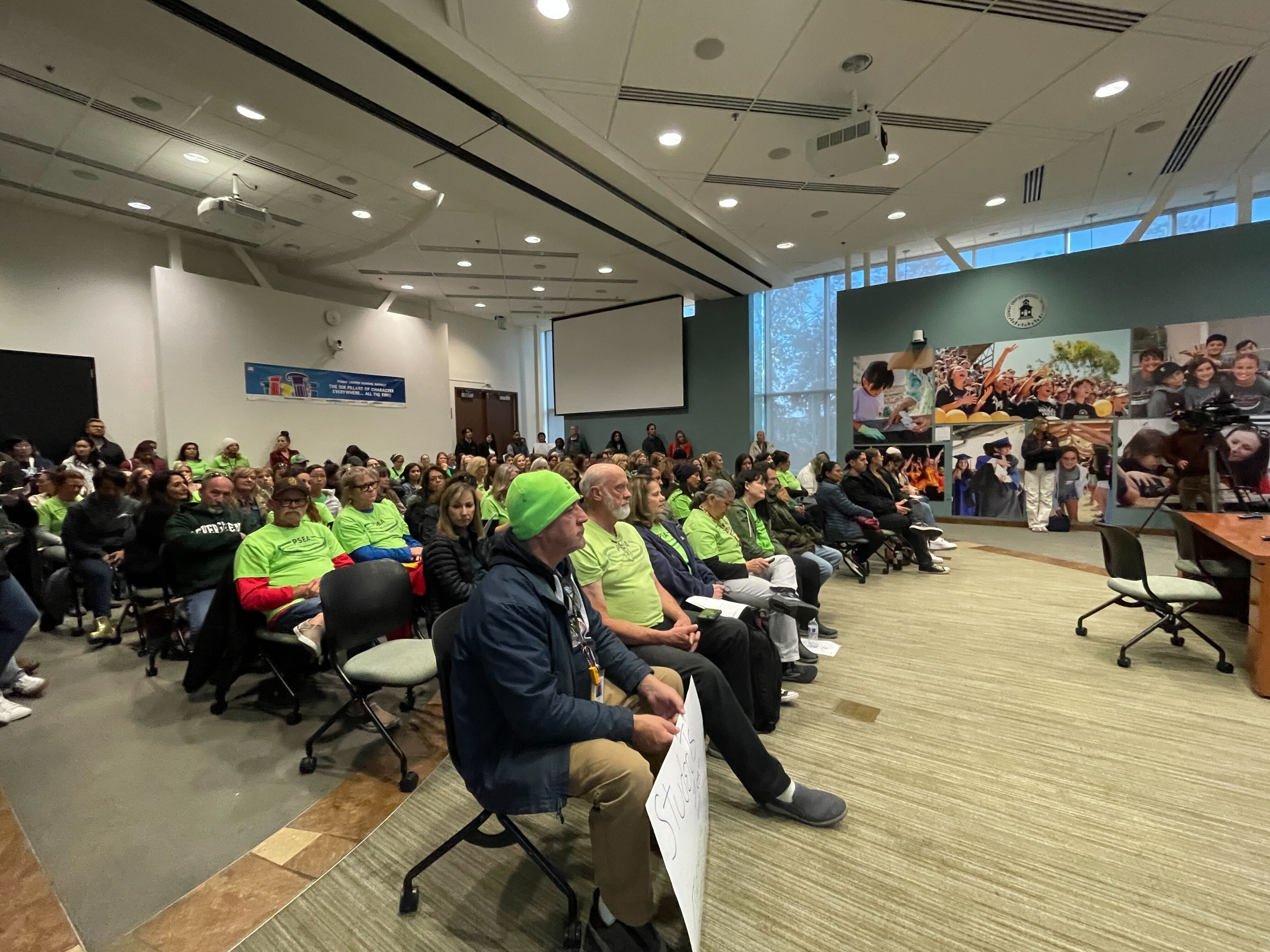In an effort to get more people to use mass transit, several Metropolitan Transit System trolley and bus routes will make more frequent stops starting Sunday. The expanded network is due to the implementation of a $2 million program that aims to shorten travel times for riders.
MTS implemented the Transit Optimization Plan, or TOP, Sunday, which will eventually include more than 30 routes with a frequency of 15 minutes or faster. MTS plans to make more changes in June and ultimately aims to have more than 60 routes under the new program.
“We know that frequency and speed of service are the keys for our current riders and attracting new riders,” said Paul Jablonski, MTS chief executive officer. “We are investing into our system to make it as convenient and efficient as possible. Hundreds of thousands of people already choose transit every day. We’re working hard to make our system an even more attractive choice for people all over the San Diego region.”
Keys changes include:
- Route 3 (Hillcrest, Mission Hills, Balboa Park, Cortez Hill, Gaslamp Quarter, Lincoln Park): Weekday frequency increased from 15 to 12 minutes, and Sunday frequency increased from 60 to 30 minutes
- Route 5 (Downtown, Sherman Heights, Stockton, Mt. Hope, Chollas View, Euclid): Weekday frequency increased from 15 to 12 minutes
- Route 11 (Skyline Hills, Valencia Park, Southcrest, Logan Heights, Downtown, Hillcrest, University Heights, Normal Heights, SDSU): Split into two routes to improve reliability and on-time performance
- Rapid 235 (Downtown San Diego, Kearny Mesa, Miramar, Rancho Bernardo, Escondido): Weekday midday service increased to a 15-minute frequency
- Route 906/907 (San Ysidro, Otay Mesa West): Saturday service and Sunday afternoon service increased to a 15-minute frequency
- Route 950 (Otay Mesa Border-Iris Avenue Station) Weekday service to Iris Avenue Transit Center increased to 10-minute frequency during morning peak hours and service span extended into late evening
- Route 955 (SDSU, Talmadge, Oak Park, Southcrest, National City): Weekday service increased from 15 to 12-minute frequency
After a 2004 to 2006 analysis prompted major changes to local bus and trolley services, ridership and revenue went up for nine years straight but dipped in 2016 and 2017. TOP aims to attract riders again.
“Getting people out of cars and into alternative modes of transportation is absolutely critical in order for this region to achieve its Climate Action goals,” Jablonski said. “MTS wants to do everything it can to enhance its services to make it as easy as possible for people to use transit. TOP is just one of the many ways we are working to make transit a viable option for many more people.”
Local
All of the bus routes are in heavily traveled areas.



